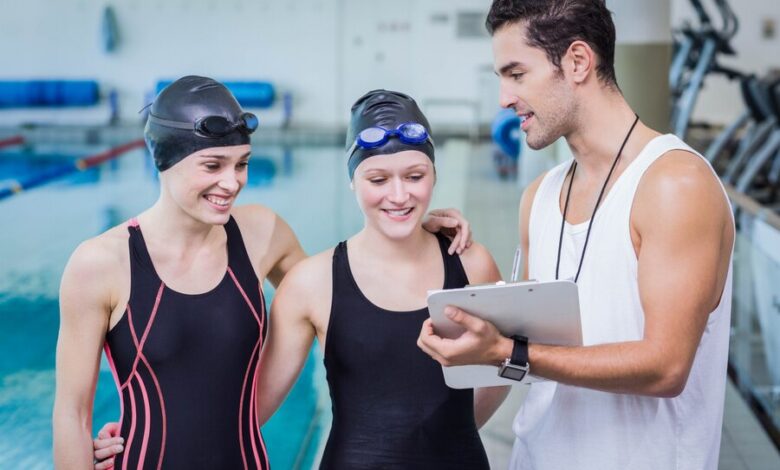How to Start a Career as a Swimming Teacher

Swimming is a life skill that offers both safety and enjoyment. For those passionate about swimming and teaching, becoming a swimming teacher can be a rewarding career. This guide will walk you through the steps to start a career as a swimming teacher, including the necessary certifications, skills, and job opportunities.
Step 1: Gain Swimming Proficiency
Before teaching others, ensure you are proficient in swimming. This includes mastering various strokes (freestyle, backstroke, breaststroke, and butterfly), understanding water safety, and having the ability to swim long distances. Many swimming teachers start as competitive swimmers, but even recreational swimmers with strong skills can pursue this career.
Step 2: Obtain Relevant Certifications
Certifications and taking a swimming instructor course are crucial to becoming a swimming teacher. They not only validate your skills but also ensure you are knowledgeable about safety and teaching methods. Key certifications include:
- Lifeguarding Certification: This is often the first step. Organizations like the American Red Cross or the YMCA offer lifeguard training, which covers water safety, rescue techniques, and first aid/CPR.
- Swimming Instructor Certification: Programs such as the American Red Cross Water Safety Instructor (WSI) course or the YMCA Swim Instructor certification are widely recognized. These programs cover instructional techniques, lesson planning, and child development principles.
- First Aid and CPR Certification: Though included in lifeguard training, additional certification may be required. Organizations like the American Heart Association offer these courses.
Step 3: Gain Experience
Experience is key to becoming an effective swimming teacher. Consider starting with volunteer or assistant teaching positions. Many swim clubs, community centers, and schools offer programs where you can gain practical experience under the supervision of experienced instructors.
Step 4: Develop Teaching Skills
Being a proficient swimmer is only part of the job. Effective swimming teachers possess strong communication skills, patience, and the ability to engage with students of all ages and skill levels. Consider the following tips:
● Communication: Clearly explain techniques and provide constructive feedback.
● Patience: Understand that students learn at different paces.
● Adaptability: Tailor your teaching methods to suit individual needs.
● Engagement: Keep lessons fun and interactive, especially for younger children.
Step 5: Find Employment
With your certifications and experience, you can start looking for employment. Swimming teachers can work in a variety of settings:
- Public and Private Pools: Many local pools hire swimming teachers for their lesson programs.
- Schools and Universities: Some educational institutions offer swim classes as part of their physical education curriculum.
- Swim Clubs and Teams: Competitive swim clubs often need instructors for their younger or less experienced swimmers.
- Community Centers: YMCA, Boys & Girls Clubs, and other community organizations frequently offer swimming lessons.
- Freelance: Some swimming teachers work independently, offering private lessons.
Step 6: Continue Education and Professional Development
The field of swimming instruction is always evolving. Stay updated on the latest techniques, safety protocols, and teaching methods by attending workshops, seminars, and additional certification courses. Joining professional organizations, such as the National Swimming Pool Foundation or the United States Swim School Association, can provide networking opportunities and access to resources.
Step 7: Consider Specializations
As you gain experience, you may want to specialize in certain areas of swimming instruction:
● Competitive Coaching: For those interested in training athletes, additional certifications in coaching may be required.
● Adaptive Aquatics: Teaching swimming to individuals with disabilities requires specialized training and can be highly rewarding.
● Infant and Toddler Swimming: Working with very young children requires unique techniques and patience.
Conclusion
Starting a career as a swimming teacher involves a combination of swimming proficiency, relevant certifications, experience, and teaching skills. With dedication and passion, you can help others learn this essential life skill while enjoying a fulfilling career. Whether you work at a local pool, a school, or independently, the impact you have on your students’ lives will be lasting and meaningful.



